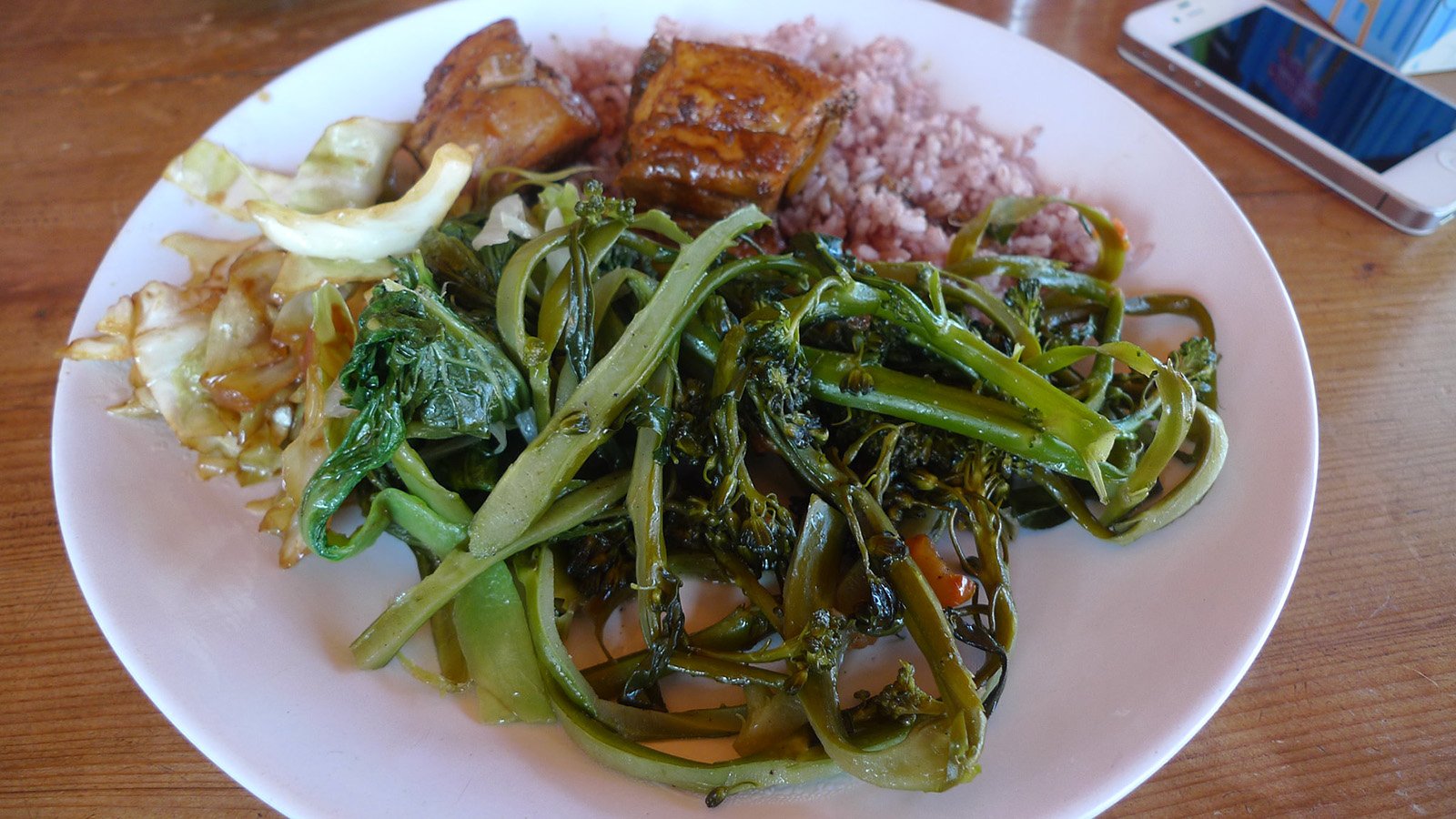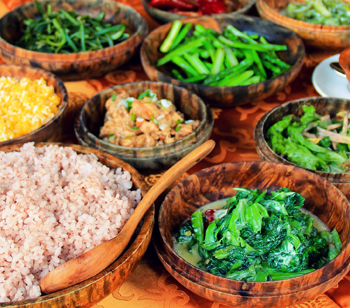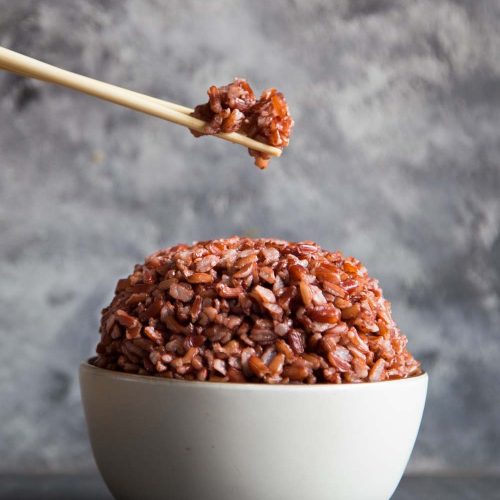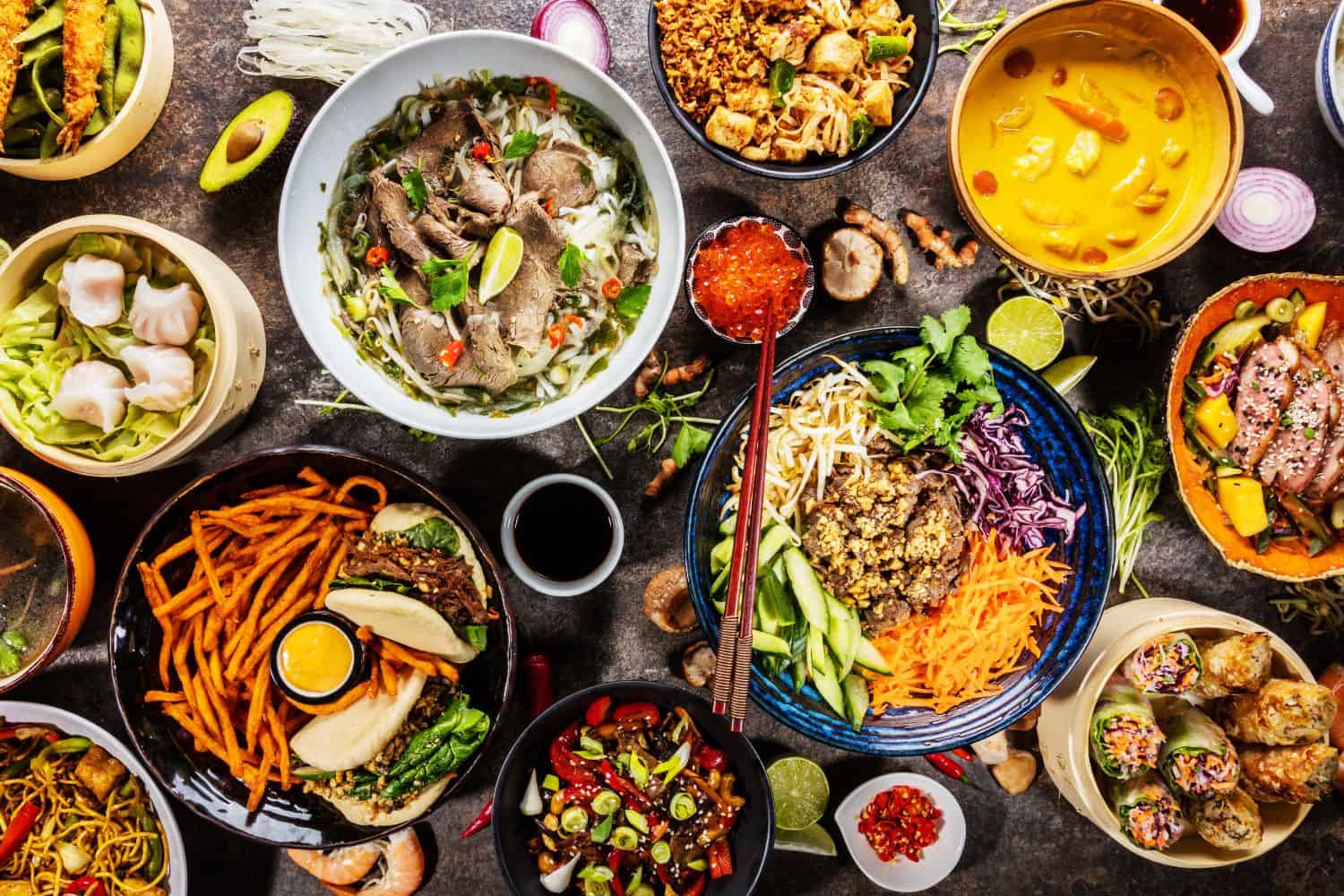Taste the Himalayas: Must-Try Dishes in Bhutan

Introduction to Bhutanese Cuisine
Traditional Bhutanese ingredients and cooking methods
Bhutanese cuisine offers a delightful blend of flavours and aromas that are sure to captivate your taste buds. When you immerse yourself in the traditional dishes of Bhutan, you will discover a harmonious mix of unique ingredients and cooking techniques that have been passed down through generations. From the vibrant red rice to the pungent dried chillies, each element in Bhutanese cooking plays a crucial role in creating dishes that are both flavorful and comforting.
Bhutanese cooking methods are steeped in tradition and reflect the country's close connection to nature. Whether it's the slow simmering of ema datshi, a spicy chilli and cheese stew, or the intricate process of preparing momo dumplings, Bhutanese chefs take great care in showcasing the natural flavours of the ingredients. Cooking in Bhutan is not just about nourishing the body but also the soul, as each dish is prepared with love and mindfulness.
Unique flavours and influences in Bhutanese dishes
The flavours found in Bhutanese dishes are unlike any other, combining spicy, savoury, and sometimes even a hint of sweetness in the most unexpected ways. The use of unique ingredients such as yak meat, ferns, and cheese makes Bhutanese cuisine a true culinary adventure. The influence of neighbouring countries like India and Tibet can also be felt in certain dishes, adding layers of complexity to the overall flavour profile.
As you delve into the world of Bhutanese cuisine, you will be greeted with open arms and plates full of delicious food that tell a story of tradition, culture, and, above all, a deep appreciation for the bounty of nature. Let the flavours of Bhutan transport you to a place of warmth and joy where every meal is an opportunity to connect with the land and its people.

Ema Datshi
Origin and Significance of Ema Datshi
When you explore the world of Bhutanese cuisine, one dish that stands out is Ema Datshi. This beloved dish holds a special place in the hearts of Bhutanese people, symbolizing not just a meal but a celebration of culture and tradition.
The origins of Ema Datshi can be traced back to centuries ago when it was prepared as a simple yet fulfilling meal for families in the mountainous regions of Bhutan.
Preparation and variations of Ema Datshi in Bhutan
As you indulge in the flavours of Ema Datshi, you'll experience a burst of spicy and creamy goodness unlike any other. The preparation of this dish involves simmering spicy chillies and tangy cheese together to create a rich and indulgent stew that warms the soul.
In Bhutan, Ema Datshi is not just a dish but a culinary art form, with each chef adding their unique twist to the recipe. From adding vegetables to experimenting with different types of cheese, the variations of Ema Datshi are endless, offering a delightful surprise with every bite.

Jasha Maroo
Overview of Jasha Maroo as a Bhutanese dish
When you delve into the vibrant tapestry of Bhutanese cuisine, you will encounter Jasha Maroo - a dish that captures the essence of tradition and flavours. Just like Ema Datshi, Jasha Maroo holds a sacred place in the hearts of the Bhutanese people, symbolizing sustenance and celebrating culinary heritage. This dish, steeped in history and culture, brings families and communities together to share in the joy of a meal that speaks volumes about Bhutanese identity and pride.
Ingredients and spices used in preparing Jasha Maroo
As you embark on the culinary journey of Jasha Maroo, you will be greeted by a harmonious blend of flavours that dance on your taste buds. The key components of this dish include tender pieces of marinated chicken, fragrant spices like cumin, coriander, and turmeric, and fresh vegetables that add a burst of colour and nutrients.
The meticulous preparation of Jasha Maroo involves infusing the meat with a symphony of spices, creating a tantalizing aroma that fills the kitchen with warmth and anticipation.

Phaksha Paa
History and Cultural Significance of Phaksha Paa
Embark on a culinary adventure and explore the rich tapestry of Bhutanese cuisine with Phaksha Paa. Much like Jasha Maroo, this dish is a testament to the traditions and flavours that define Bhutanese gastronomy. Phaksha Paa, revered by locals, not only satiates hunger but also symbolises Bhutanese cultural pride. Through this dish, you are invited to celebrate heritage and identity, connecting with the heart of Bhutanese culinary customs.
Cooking techniques and ingredients in Phaksha Paa
Step into the realm of Phaksha Paa and immerse yourself in a medley of enticing flavours that will tantalize your taste buds. This dish features succulent pork, aromatic spices such as red chillies, garlic, and ginger, and wholesome vegetables that add a vibrant touch to the ensemble.
Preparing Phaksha Paa involves skillfully blending these components to create a harmonious culinary masterpiece. The sizzle of spices, the aroma that fills the air – each step in crafting Phaksha Paa is an invitation to experience the joy of cooking and savouring a dish embodying Bhutanese cuisine's essence.

Hoentay
Hoentay as a traditional Bhutanese dumpling dish
Embark on a delightful culinary journey and acquaint yourself with the revered traditional Bhutanese dumpling dish, Hoentay. Much like Phaksha Paa, Hoentay is a culinary gem encapsulating Bhutanese heritage and culinary expertise. Embraced by locals, Hoentay is not just a dish but a cultural symbol that embodies the pride and traditions of Bhutan. By indulging in Hoentay, you are welcomed into the heart of Bhutanese culinary customs, experiencing a rich tapestry of flavours that resonate with the country's identity.
Different fillings and variations of Hoentay
Explore the diverse array of fillings and variations that enrich the culinary landscape of Hoentay, offering a tantalizing mix of flavours to suit every palate. From the classic blend of minced pork and cabbage to vegetarian options like mushrooms and cheese, Hoentay presents a versatile canvas for culinary creativity.
Whether steamed or fried, each variation of Hoentay offers a unique gastronomic experience, showcasing the ingenuity and adaptability of Bhutanese cuisine. With Hoentay, you have the opportunity to savor a dish that not only delights the taste buds but also celebrates the vibrant diversity of Bhutanese culinary traditions.

Red Rice
Characteristics and importance of Red Rice in Bhutanese cuisine
Embark on a delightful culinary journey and acquaint yourself with the revered traditional Bhutanese staple, Red Rice. Like Hoentay and Phaksha Paa, Red Rice holds a special place in Bhutanese cuisine, symbolizing the country's rich cultural heritage and culinary traditions. Embraced by locals for generations, Red Rice is not just a grain but a symbol of Bhutan's agricultural prowess and reverence for nature.
By incorporating Red Rice into your meals, you immerse yourself in the heart of Bhutanese culinary customs, relishing a staple that resonates with the essence of the Bhutanese way of life.
Nutritional value and health benefits of Red Rice
Explore the nutritional prowess and health benefits of Red Rice, a grain that not only delights the palate but also nourishes the body. Rich in essential nutrients such as fibre, antioxidants, and vitamin B6, Red Rice offers a wholesome alternative to refined grains, promoting overall well-being and vitality. With its low glycemic index and gluten-free properties, Red Rice is a suitable choice for individuals seeking a balanced and nutritious diet.
By embracing Red Rice as a staple in your meals, you harness the nutritional power of this ancient grain, supporting your health and vitality with each savoury bite.

Suja
Meaning and ceremony associated with the Bhutanese butter tea, Suja
As you continue your culinary exploration of Bhutanese cuisine, another beloved tradition awaits you - the Bhutanese butter tea known as Suja. This hearty beverage goes beyond its ingredients to embody a sense of warmth, hospitality, and cultural significance.
In Bhutan, serving Suja is not just a daily routine but a ceremonial gesture of respect and friendship. The tradition of sharing Suja brings people together, fostering connections and strengthening bonds in a comforting ambience of shared traditions and goodwill.
Ingredients and preparation method of Suja
Now, let's delve into the heart of Suja - its ingredients and preparation method. Traditionally, Suja is crafted from a harmonious blend of Bhutanese tea leaves, yak butter, water, and salt. The meticulous preparation involves boiling the tea leaves in water, followed by churning them in yak butter and salt to create a rich, savoury concoction. The rhythmic stirring and ceremonial pouring of Suja signify not just the creation of a beverage but a symphony of flavours and cultural heritage coming together in a cup.
As you savour each sip of Suja, you're not just tasting a beverage but experiencing the essence of Bhutanese hospitality and culinary artistry.

Shakam Paa
Exploring the flavours and textures of Shakam Paa
Now, as you embark on your culinary journey through Bhutanese cuisine, let the tantalizing flavours and textures of Shakam Paa captivate your taste buds. This traditional dish combines the robust essence of dried beef with the subtle notes of radish, creating a symphony of flavours that dance on your palate.
With each bite of Shakam Paa, you'll experience a delicious blend of savoury richness and refreshing crunch, showcasing the culinary mastery and cultural heritage of Bhutanese gastronomy.
Regional variations and serving suggestions for Shakam Paa
As you savour Shakam Paa, you may come across regional variations that add a unique twist to this beloved dish. Some regions may enhance the flavours with additional spices or ingredients, offering a diverse range of taste experiences.
When serving Shakam Paa, consider pairing it with steamed rice or traditional Bhutanese red rice to complement the savoury profile of the dish. The combination of textures and flavours will elevate your dining experience, transporting you to the heart of Bhutanese culinary traditions.

Conclusion and Recommendations
Tips for exploring and enjoying Bhutanese cuisine
If you're ready to embark on a culinary adventure through Bhutanese cuisine, Shakam Paa is a dish that promises to delight your taste buds with its rich flavors and satisfying textures. As you savor each bite, take the time to appreciate the culinary expertise and cultural significance that goes into creating this traditional delicacy. Don't be afraid to explore regional variations of Shakam Paa, as each unique twist adds an exciting dimension to the dish.
When serving Shakam Paa, consider pairing it with steamed rice or the nutty flavour of Bhutanese red rice for a complete dining experience. The combination of the savoury beef and crunchy radish will transport you to the heart of Bhutan's culinary traditions, where each bite tells a story of heritage and craftsmanship.
Whether you're a seasoned food enthusiast or a curious traveller, Shakam Paa is sure to leave a lasting impression and ignite your passion for exploring the diverse flavours of Bhutan.
